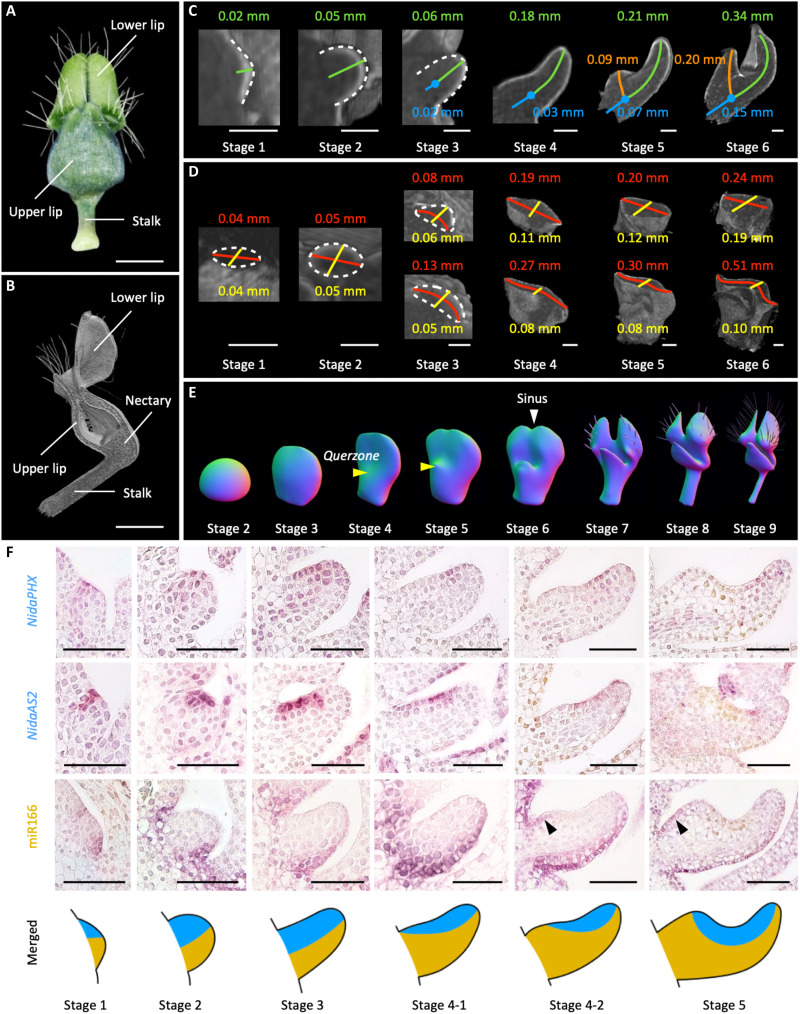Fig. 2. Development of Nigella damascena petals and expression of key adaxial and abaxial genes.
(A and B) Front view (A) and longitudinal section [(B); in micro-CT] of a mature petal of N. damascena, with the lower lip, upper lip, stalk, and nectary being marked. (C and D) Longitudinal (C) and transverse (D) sections (in micro-CT) of the petals at different developmental stages (1 to 6). In (C), green, blue, and orange lines mark the lengths of the lower lip, stalk, and upper lip, respectively. In (D), red lines mark the widths of the primordia (stages 1 and 2), the lower lips (the bottom row from stages 3 to 6), and the stalks (the top row from stages 3 to 6); yellow lines mark the thicknesses of the primordia (stages 1 and 2), the lower lips (the bottom row from stages 3 to 6), and the stalks (the top row from stages 3 to 6); white dotted lines mark the outlines of longitudinal and transverse sections of the primordia. Measurements are given in the same colors as the lines. (E) Successive virtual clay models showing the development of the N. damascena petals, with yellow arrowheads pointing to the Querzone and white arrowhead pointing to the sinus. (F) Expression patterns of NidaPHX, NidaAS2, and miR166 during petal development, with black arrowheads indicating the positions of the ectopic expression. In the merged diagram, the blue and brown areas represent the adaxial and abaxial domains, respectively. Scale bars, 100 μm in (A) and (B) and 50 μm in (C), (D), and (F).

